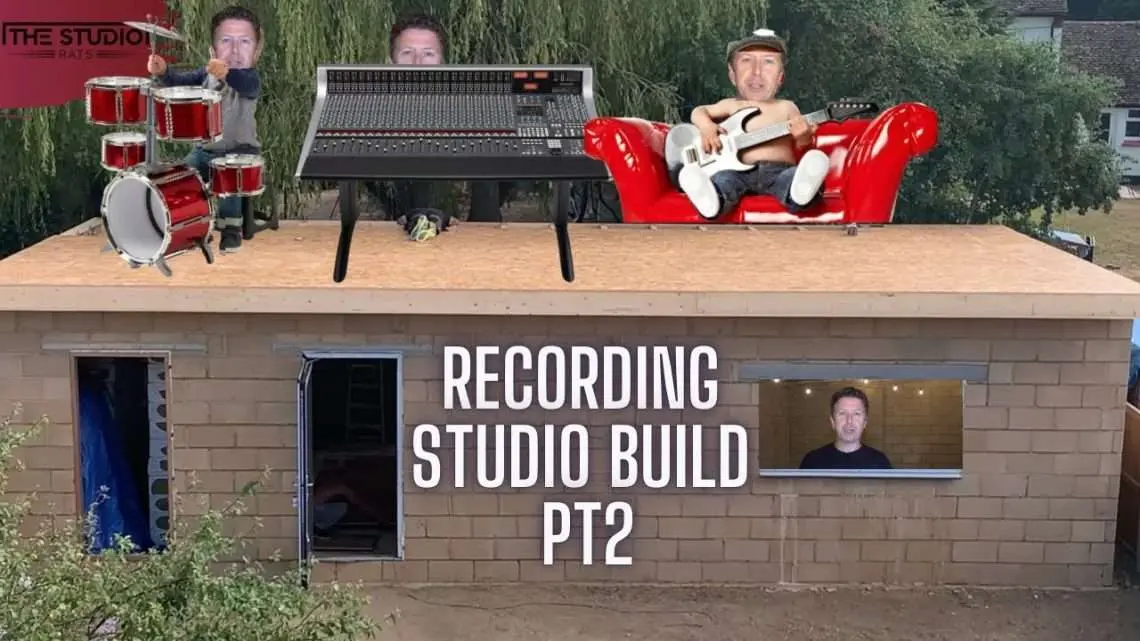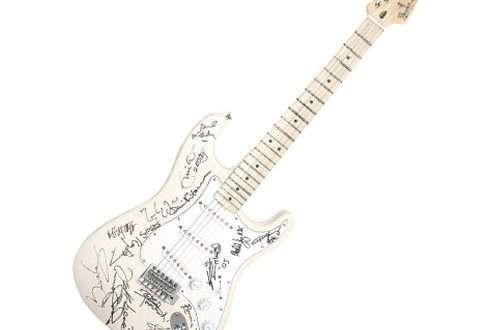
Home studio – part 2
In the previous part of our guide, we formulated what basic equipment we will need to start our home studio. Now we will focus our attention on thorough preparation for the operation of our studio and commissioning of the collected equipment.
The main tool
The basic working tool in our studio will be a computer, or more precisely, the software on which we will work. This will be the focal point of our studio, because it is in the program that we will record everything, i.e. record and process the entire material there. This software is called A DAW that should be chosen carefully. Remember that there is no perfect program that would handle everything efficiently. Each program has specific strengths and weaknesses. One, for example, will be perfect for recording individual live tracks externally, trimming them, adding effects and mixing together. The latter can be a great arranger for the production of multi-track music productions, but only inside the computer. Therefore, it is worth taking the time to test at least a few programs in order to make the best choice. And at this point, I will reassure everyone right away, because in most cases such testing will cost you nothing. The producer always provides their test versions, and even the full ones for a specified period of time, e.g. 14 days for free, just so that the user can easily get acquainted with all the tools at his disposal inside his DAW. Of course, with professional, very extensive programs, we will not be able to get to know all the possibilities of our program within a few days, but it will certainly let us know if we would like to work on such a program.
Production quality
In the previous section, we also reminded that it is worth investing in good-quality devices, because this will have a decisive impact on the quality of our music production. The audio interface is one of those devices that is not worth saving on. It is he who is mainly responsible for the condition in which the recorded material reaches the computer. An audio interface is such a kind of link between microphones or instruments and a computer. The material to be processed depends on the quality of its analog-to-digital converters. This is why we should carefully read the specifications of this device before making a purchase. You should also define what inputs and outputs we will need and how many of these sockets we will need. It is also good to consider whether, for example, we want to connect a keyboard or an older generation synthesizer. In this case, it is worth immediately getting a device equipped with traditional midi connectors. In the case of new devices, the standard USB-midi connector installed in all new devices is used. So check the parameters of your chosen interface, so that you will not be disappointed later. Throughput, transmission and latency are important, i.e. delays, because all of this has a huge impact on the comfort of our work and in the final stage on the quality of our music production. Microphones, like any electronic equipment, also have their own specifications, which should be read carefully before buying. You do not buy a dynamic microphone if you want to record e.g. backing vocals. A dynamic microphone is suitable for recording at close range and preferably a single voice. For recording from a distance, a condenser microphone will be better, which is also much more sensitive. And here it should also be remembered that the more sensitive our microphone is, the more exposed we are to recording additional unnecessary noises from the outside.
Testing the settings
In every new studio, a series of tests should be carried out, especially when it comes to positioning the microphones. If we record a vocal or some acoustic instrument, at least a few recordings should be made in different settings. Then listen one by one and see at which setting our sound was best recorded. Everything matters here the distance between the vocalist and the microphone and where the stand is located in our room. That is why it is so important, among others, to properly adapt the room, which will avoid unnecessary reflections of sound waves from the walls and minimize unwanted outside noises.
Summation
A music studio can become our true music passion, because working with sound is very inspiring and addictive. As directors, we have complete freedom of action and at the same time we decide how our final project should look like. In addition, thanks to digitization, we can quickly improve and improve our project at any time, as required.





